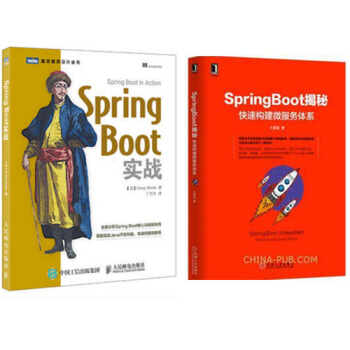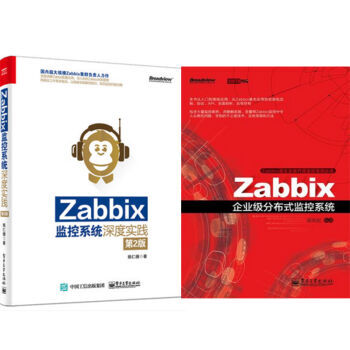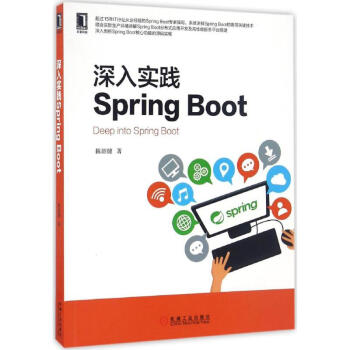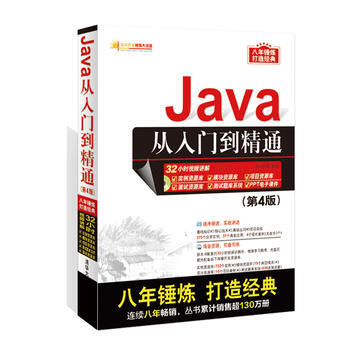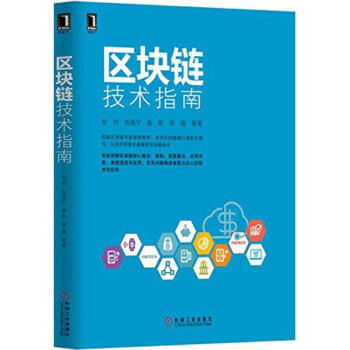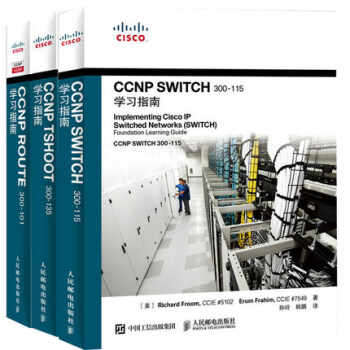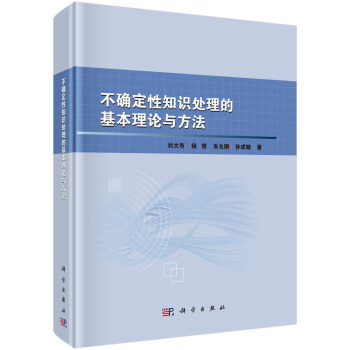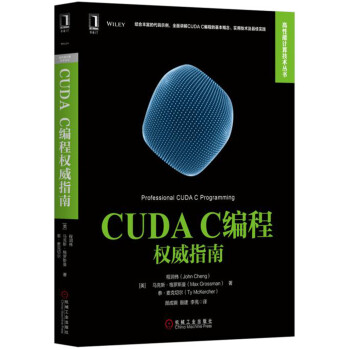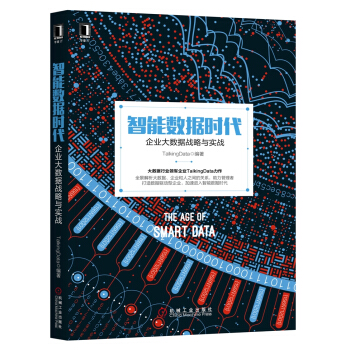![數字信號處理:應用MATLAB(第3版 英文影印版) [Digital Signal Processing Using MATLAB(Third Edition)]](https://pic.windowsfront.com/11881132/56ebcf20Nd6379c0a.jpg)

具體描述
內容簡介
《數字信號處理:應用MATLAB(第3版 英文影印版)》介紹瞭MATLAB在數字信號處理中的應用,包括時分信號與係統、時分傅裏葉變換、z變換、離散傅裏葉變換、離散時間濾波器實現、FIR濾波器設計、HR濾波器設計以及采樣率轉換等內容。《數字信號處理:應用MATLAB(第3版 英文影印版)》通過使用MATLAB這一“動態實驗室”幫助讀者提高解決問題的能力和嚴謹思維的能力。內頁插圖
目錄
PREFACE1 INTRODUCTION
1.1 Overview of Digital Signal Processing
1.2 A Brief Introduction to MATLAB
1.3 Applications of Digital Signal Processing
1.4 Brief Overview of the Book
2 DISCRETE—TIME SIGNALS AND SYSTEMS
2.1 Discrete—time Signals
2.2 Discrete Systems
2.3 Convolution
2.4 Difference Equations
2.5 Problems
3 THE DISCRETE—TIME FOURIER ANALYSIS
3.1 The Discrete—time Fourier Transform (DTFT)
3.2 The Properties of the DTFT
3.3 The Frequency Domain Representation of LTISystems
3.4 Sampling and Reconstruction of Analog Signals
3.5 Problems
4 THE z—TRANSFORM
4.1 The Bilateral z—Transform
4.2 Important Properties of the z—Transform
4.3 Inversion of the z—Transform
4.4 System Representation in the z—Domain
4.5 Solutions of the Difference Equations
4.6 Problems
5 THE DISCRETE FOURIER TRANSFORM
5.1 The Discrete Fourier Series
5.2 Sampling and Reconstruction in the z—Domain
5.3 The Discrete Fourier Transform
5.4 Properties of the Discrete Fourier Transform
5.5 Linear Convolution Using the DFT
5.6 The Fast Fourier Transform
5.7 Problems
6 IMPLEMENTATION OF DISCRETE—TIME FILTERS
6.1 Basic Elements
6.2 IIR Filter Structures
6.3 FIR Filter Structures
6.4 Lattice Filter Structures
6.5 Overview of Finite—Precision Numerical Effects
6.6 Representation of Numbers
6.7 The Process of Quantization and Error Characterizations
6.8 Quantization of Filter Coefficients
6.9 Problems
7 FIR FILTER DESIGN
7.1 Preliminaries 304
7.2 Properties of Linear—phase FIR Filters
7.3 Window Design Techniques
7.4 Frequency Sampling Design Techniques
7.5 Optimal Equiripple Design Technique
7.6 Problems
8 IIR FILTER DESIGN
8.1 Some Preliminaries
8.2 Some Special Filter Types
8.3 Characteristics of Prototype Analog Filters
8.4 Analog—to—Digital Filter Transformations
8.5 Lowpass Filter Design Using MATLAB
8.6 Frequency—band Transformations
8.7 Problems
9 SAMPLING RATE CONVERSION
9.1 Introduction
9.2 Decimation by a Factor D
9.3 Interpolation by a Factor I
9.4 Sampling Rate Conversion by a Rational Factor I/D
9.5 FIR Filter Designs for Sampling Rate Conversion
9.6 FIR Filter Structures for Sampling Rate Conversion
9.7 Problems
10 ROUND—OFF EFFECTS IN DIGITAL FILTERS
10.1 Analysis of A/D Quantization Noise
10.2 Round—off Effects in IIR Digital Filters
10.3 Round—off Effects in FIR Digital Filters
10.4 Problems
BIBLIOGRAPHY
前言/序言
From the beginning of the 1980s we have witnessed a revolution in computer technology and an explosion in user-friendly applications. This revolution is still continuing today with low-cost personal computer systems that rival the performance of expensive workstations. This technological prowess should be brought to bear on the educational process and, in particular, on effective teaching that can result in enhanced learning. This companion book on digital signal processing (DSP) makes a small contribution toward reaching that goal.The teaching methods in signal processing have changed over the years from the simple "lecture-only" format to a more integrated "lecture-laboratory" environment in which practical hands-on issues are taught using DSP hardware. However, for effective teaching of DSP the lecture component must also make extensive use of computer-based explanations,examples, and exercises. For the past several years, the MATLAB soft-ware developed by The Math Works, Inc. has established itself as the defacto standard for numerical computation in the signal-processing community and as a platform of choice for algorithm development. There are several reasons for this development, but the most important reason is that MATLAB is available on practically all-computing platforms. In this book we have made an attempt at integrating MATLAB with traditionaltopics in DSP so that it can be used to explore difficult topics and solve problems to gain insight. Many problems or design algorithms in DSP
require considerable computation. It is for these that MATLAB provides a convenient tool so that many scenarios can be tried with ease. Such an approach can enhance the learning process.
用戶評價
翻開正文,首先被吸引住的是書中圖錶的精美程度。無論是信號的時域波形圖,還是頻譜分析的頻率響應圖,亦或是濾波器設計的伯德圖,都繪製得清晰、準確且美觀。這些圖錶不僅僅是作為文字的輔助,更像是一種獨立的語言,能夠直觀地揭示信號的內在規律和係統的特性。我尤其喜歡書中對於一些關鍵概念的圖解,例如捲積運算的直觀演示,或者Z變換的幾何解釋,這些圖示極大地降低瞭理解的難度,讓我能更快地把握核心要義。另外,書中對MATLAB代碼的排版也十分考究,每一段代碼都清晰地縮進,關鍵詞和變量的顔色區分也恰到好處,使得代碼的閱讀和理解效率大大提高。甚至連注釋都寫得非常詳盡,解釋瞭代碼的每一部分功能,使得即使是MATLAB新手,也能在參考這些示例代碼的基礎上,逐步掌握編程技巧。這種對細節的關注,充分體現瞭作者的專業性和教學上的嚴謹態度。
評分在深入閱讀之前,我對本書的目錄進行瞭初步的瀏覽,其章節安排的邏輯性給我留下瞭深刻的印象。從基礎概念的引入,例如離散時間信號與係統,到傅裏葉變換的各種形式及其應用,再到濾波器設計、采樣理論等核心主題,內容循序漸進,難度逐步提升,非常適閤從入門到進階的學習者。特彆是關於MATLAB在信號處理中的應用,書中並非隻是簡單地列舉代碼,而是將理論與實踐緊密結閤,通過大量的實例演示,將抽象的概念具象化,使得學習過程更加生動有趣。我注意到書中特彆強調瞭MATLAB的 Simulink 模塊,這對於那些希望進行係統級仿真的讀者來說,無疑是一個巨大的亮點。 Simulink 提供瞭一個圖形化的環境,可以直觀地構建和測試信號處理係統,這對於理解復雜的算法流程和係統交互非常有幫助。此外,該書似乎還包含瞭一些關於現代信號處理技術,如自適應濾波器和多速率信號處理的內容,這錶明其內容涵蓋的範圍相當廣泛,足以滿足不同研究方嚮和應用需求。
評分對於我這樣一個長期從事信號處理相關工作的從業者而言,一本優秀的參考書不僅要有紮實的理論基礎,更要緊貼實際應用。這本書在這一點上做得尤為齣色。書中不僅深入講解瞭各種信號處理算法的原理,還通過大量貼近工程實際的案例,展示瞭這些算法在諸如通信、音頻、圖像處理等領域的具體應用。例如,書中對於FFT(快速傅裏葉變換)的應用解析,不僅僅停留在理論層麵,而是詳細介紹瞭如何在實際係統中利用FFT進行頻譜分析、噪聲去除等,並提供瞭相應的MATLAB代碼示例。我特彆關注瞭書中關於短時傅裏葉變換(STFT)和梅爾頻率倒譜係數(MFCC)的章節,這些在語音信號處理領域是至關重要的工具,能夠指導我更好地進行語音識彆和音頻分析。通過對這些章節的學習,我能夠將書中的知識體係化,並快速遷移到我的實際工作中,解決遇到的技術難題。
評分這本書的英文原版封麵設計簡潔而現代,封麵上“Digital Signal Processing Using MATLAB”幾個大字躍然紙上,副標題“Third Edition”則錶明瞭其更新迭代的程度,讓人對其中內容的最新性充滿瞭期待。當我拿到這本厚重的影印版時,首先感受到的是紙張的質感,厚實且帶有微微的磨砂感,翻閱時不會有廉價的滑膩感,這對於長期捧讀的讀者來說,是一種舒適的觸感體驗。印刷清晰度很高,即使是復雜的公式和密集的代碼,也能辨認得一清二楚,黑白分明的頁麵布局也使得閱讀過程更加流暢,沒有絲毫的費力。頁邊距的設計也比較閤理,既有足夠的空間供我進行批注和標記,又不會顯得頁碼冗雜,整體給人一種專業、嚴謹又不失人性化的感覺。我尤其欣賞其封麵的配色,沉穩而不失活力,恰到好處地傳遞瞭數字信號處理這一領域既有深度又充滿創造性的特質。這本書擺在書架上,無疑會成為一個引人注目的存在,每一次目光掃過,都能勾起我深入探索其中奧秘的欲望。
評分這本書作為一本英文影印版,其原汁原味的內容和嚴謹的學術風格是其最大的魅力所在。雖然語言是英文,但其清晰的錶述和豐富的插圖,使得理解起來並不費力,反而能夠從中體會到原作者的思維邏輯和專業錶達方式。我發現書中使用的術語和概念,都是當前信號處理領域最權威和標準的用法,這對於我保持學術上的同步性非常有益。同時,英文版通常在學術研究和工程實踐中具有更廣泛的參考價值,能夠接觸到最新的研究動態和前沿技術。我看到書中引用瞭許多經典的文獻和前沿的論文,這為我進一步深入研究提供瞭寶貴的綫索。總而言之,這本《Digital Signal Processing Using MATLAB (Third Edition)》不僅僅是一本教材,更是一部承載著豐富知識和前沿思想的寶貴文獻,對於任何希望在數字信號處理領域有所建樹的讀者來說,都是不可多得的佳作。
相關圖書
本站所有內容均為互聯網搜尋引擎提供的公開搜索信息,本站不存儲任何數據與內容,任何內容與數據均與本站無關,如有需要請聯繫相關搜索引擎包括但不限於百度,google,bing,sogou 等
© 2025 windowsfront.com All Rights Reserved. 靜流書站 版權所有

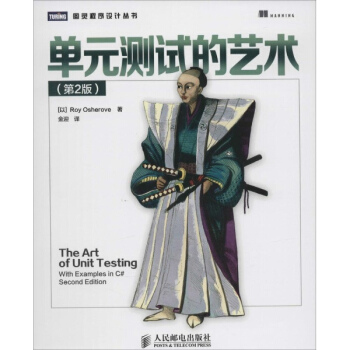

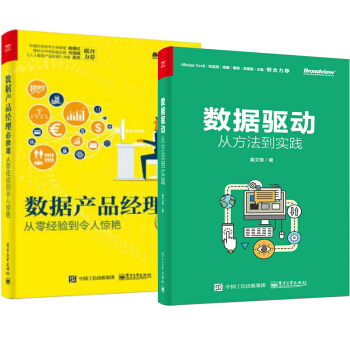
![[按需印刷] 量子計算機研究 上 pdf epub mobi 電子書 下載](https://pic.windowsfront.com/10273972184/57145d41N30567020.jpg)



